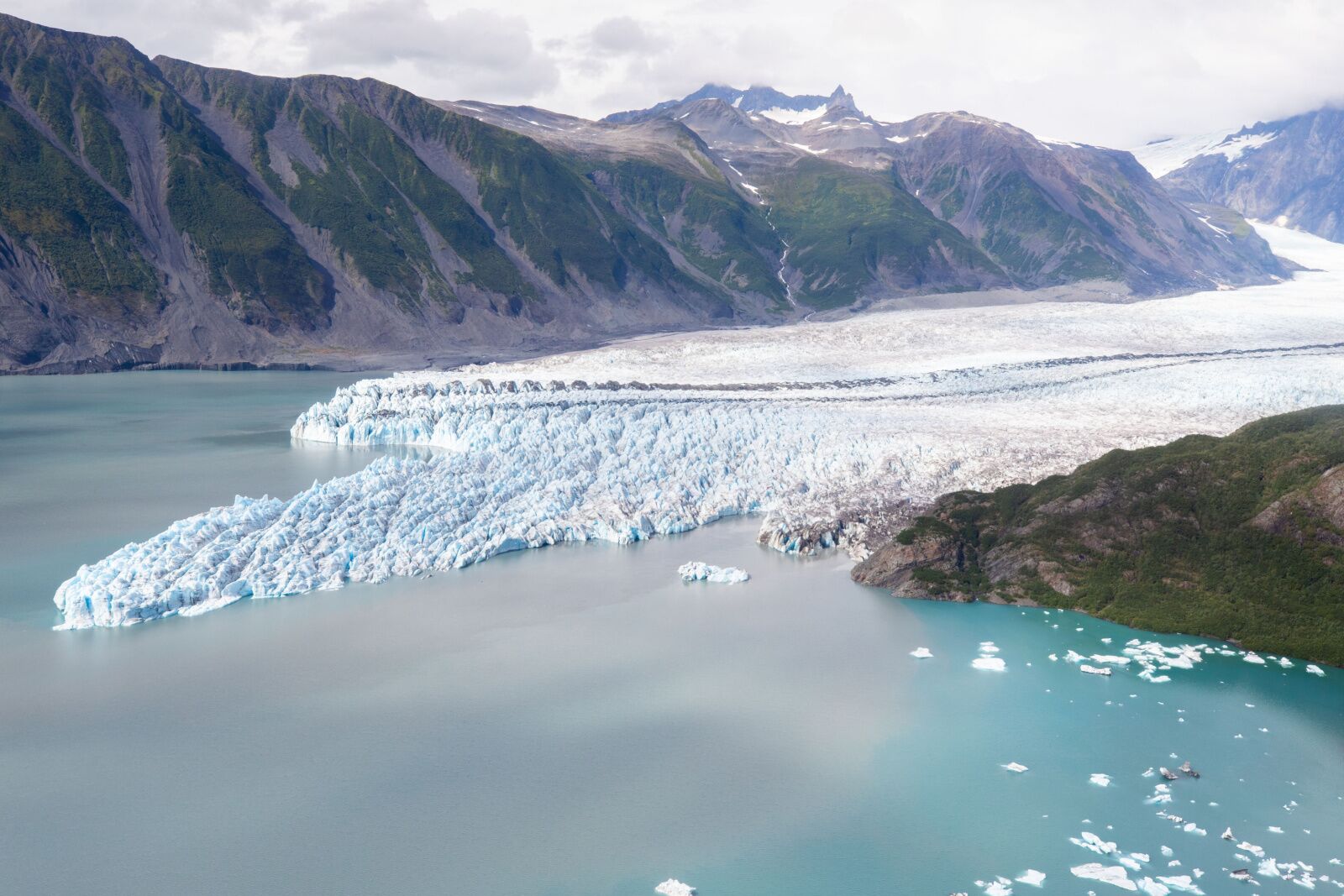If you’ve spent much time hiking or visited many national parks in the western US, you probably already know what a slot canyon is: a narrow, vertical gorge cut from rock by rushing water (and particulates carried in rushing water). The process takes eons, and famous US slot canyons include Antelope Canyon in Arizona and The Narrows of Zion National Park, famous for its upstream hike through rushing water. Slot canyons are often punctuated with unique and dramatic features, such as giant arches or towering walls that stretch up many stories.


Where to Float or Paddle Through Glacial Slot Canyons in Alaska
But what you may not know is that slot canyons aren’t always formed out of rock. Sometimes, as with the slot canyons in glaciers in Alaska, they’re formed out of ice — and there’s always crystal-clear, bright blue water in them, so they’re always called glacial rivers.
@visit Paddling through a glacier slot canyon is a true Alaskan experience 🧊 🎥 IG: @roamwild_ #alaska #visitalaska #makingmemories #glacier #paddleboarding ♬ original sound – Sp3d._.s0ngz
These glacial slot canyons (or glacial rivers) are a unique phenomenon in the glaciers of Alaska, formed when tiny cracks in the glaciers begin to take on water. As more and more water flows into the crack, it freezes, slowly expanding it and making room for more water. Eventually, they become the massive rivers seen in the epic outdoor adventure TikTok above.
The US Geological Service estimates that there are about 27,000 glaciers in Alaska, but only around 650 have names. Many of those are in known areas like the Prince William Sound or around Kenai Fjords National Park. While there are plenty to visit, and plenty where you can kayak or paddleboard near the glacier, there are fewer where you can actually paddle on a river on the glacier. However, there are a few options in the state you won’t want to miss if you’re a true adventure traveler.
Tours can sometimes be pricey as you’ll probably need to take a helicopter to reach the river or canyon — you want to be deep into the glacier where they’re thickest and strongest. Tours usually are offered only in summer as that’s the height of the tourism season with the best chance of pleasant weather for paddling (and the helicopters are often used for backcountry skiing in the winter).
The Knik Glacier, near Palmer
@visitGlacier paddle-boarding with Knik Glacier, Alaska, USA. 🧊 Knik Glacier is a 25-mile-long ice field, making it one of the largest glaciers in Southcentral Alaska! 🇺🇸 Who would you paddle with? 🤩 Ig: @stephoffthegrid♬ original sound – Phoebe
Alaska is home to some of the most unique glaciers in the world, one of which is the Knik Glacier. It’s on the eastern edge of Alaska’s Chugach Mountains and is 25 miles long by five miles wide, making it one of the largest in the state. Visitors can explore its spectacular crevasses, moraines, and hanging glaciers — or, in the case of paddlers, explore its glacial pools and streams.
Most tours are run in partnership with Alaska Helicopter Tours, which, as you might expect, provides transportation to this mightiest of Alaskan glaciers. Tours include a mandatory dry suit and floatation device (that water is cold), safety gear like micro-spikes and ropes, and usually a hot drink or two.
The intense pressure at the base of the glacier causes some of the ice to melt, forming a thin layer of subglacial water. This water flows into cracks in the bedrock. As the water refreezes, the ice acts as a lever, loosening the rock by lifting it.
Bear Glacier Lake, near Seward

Photo: Grey Moeller/Shutterstock
If you want to paddle near glaciers but don’t necessarily need to be on a glacial river, you’l; find a few options on the various glaciers in Alaska. But one of the best is on Bear Glacier Lake near Seward, run by Liquid Adventures. You’ll take a helicopter to the glacier lake and paddle between huge chunks of ice. Depending on the time of year and weather, you may be paddling in very tight quarters, with huge chunks of ice on either side of you. Just be sure to follow your guide as glacial ice may look steady, but it can make wild moves at any time. Experienced paddlers will likely be able to get much closer to the massive chunks of ice.